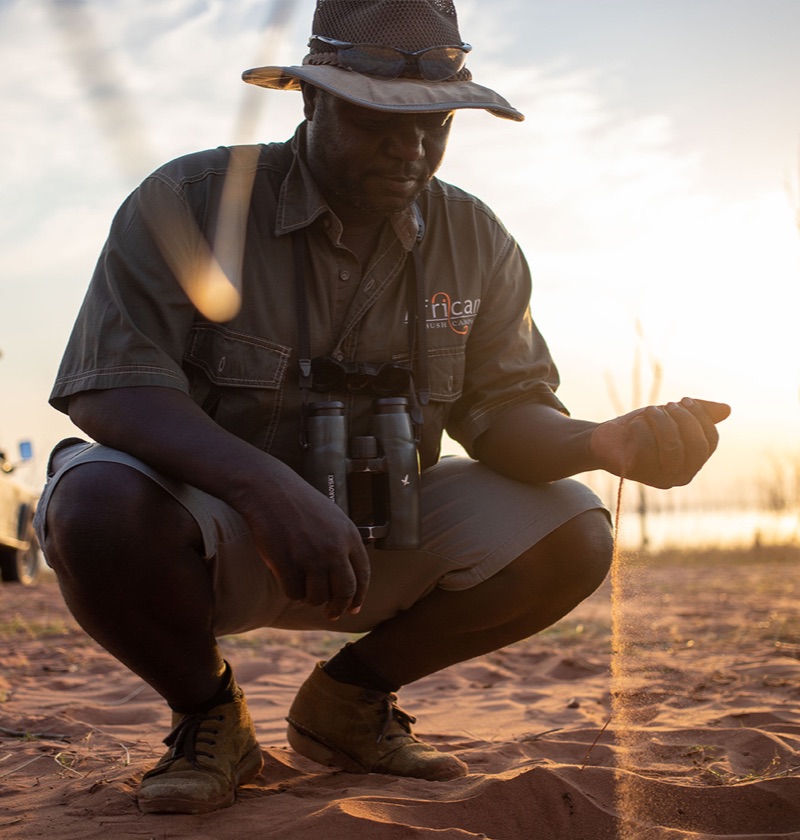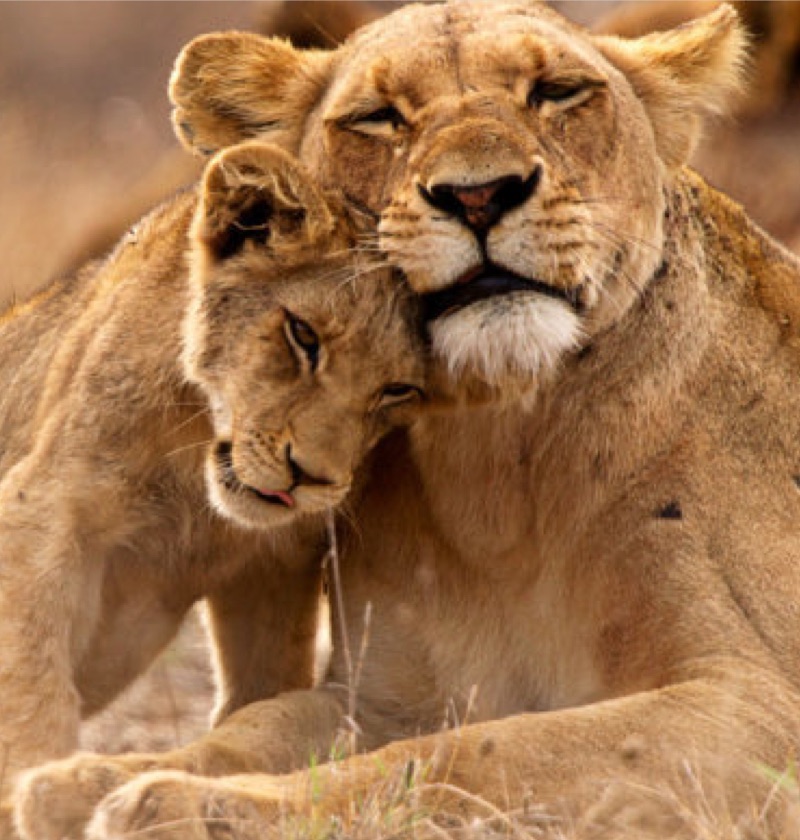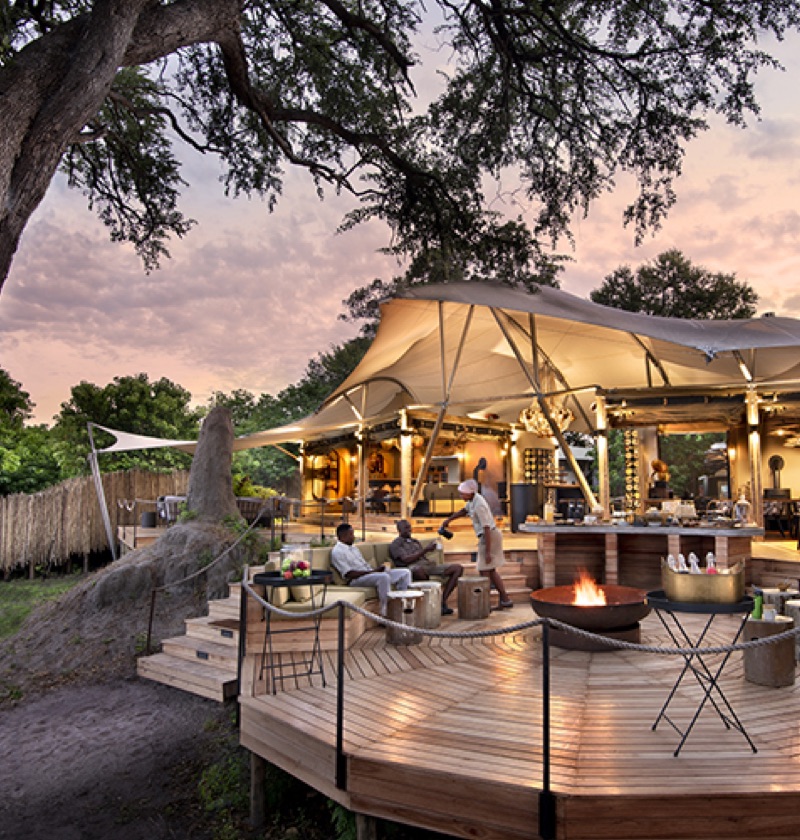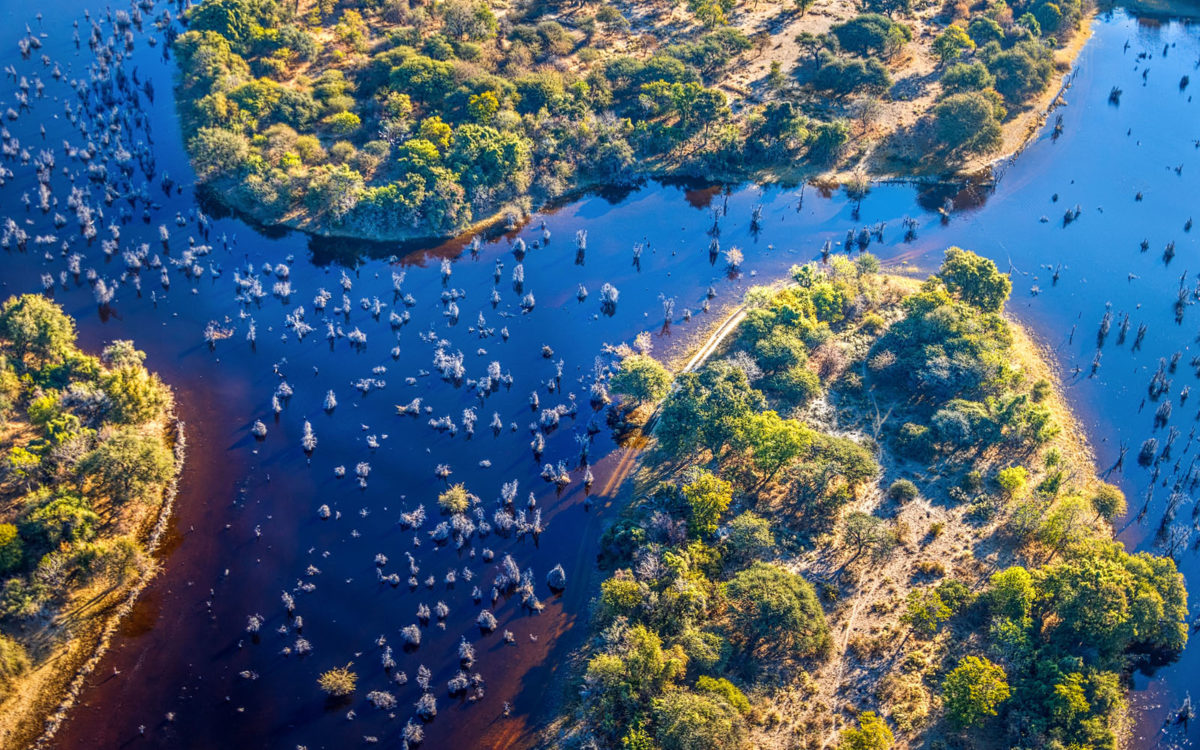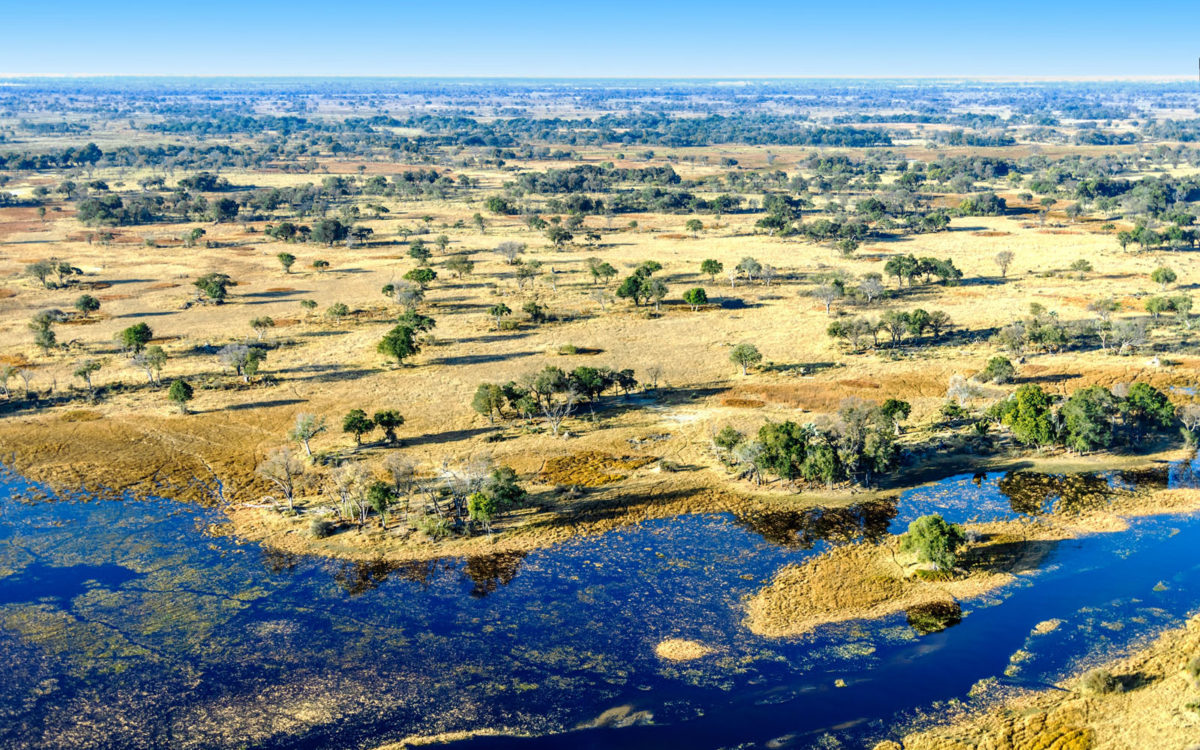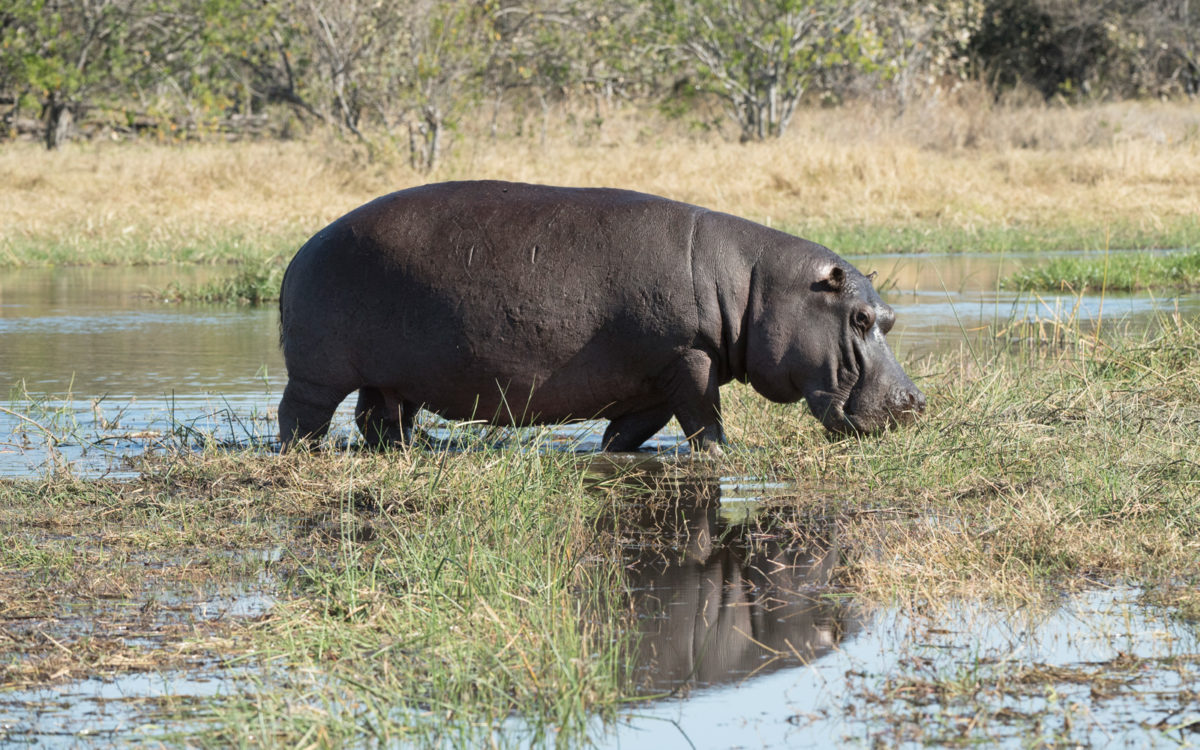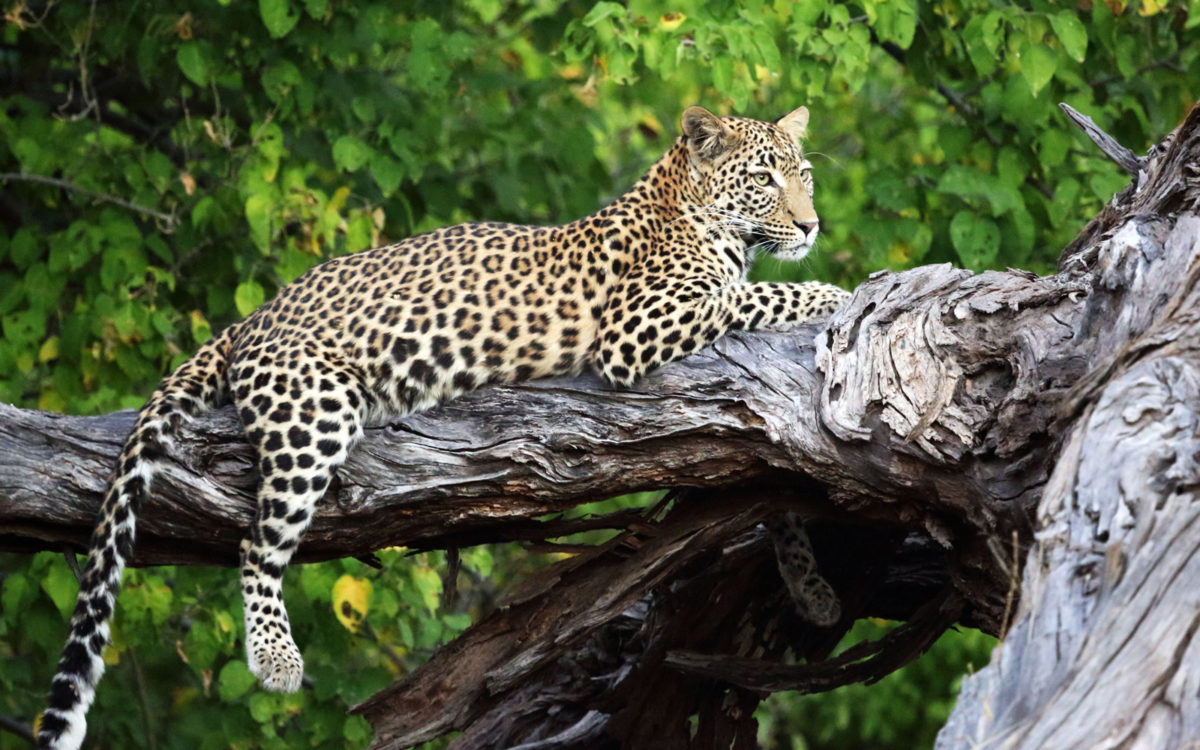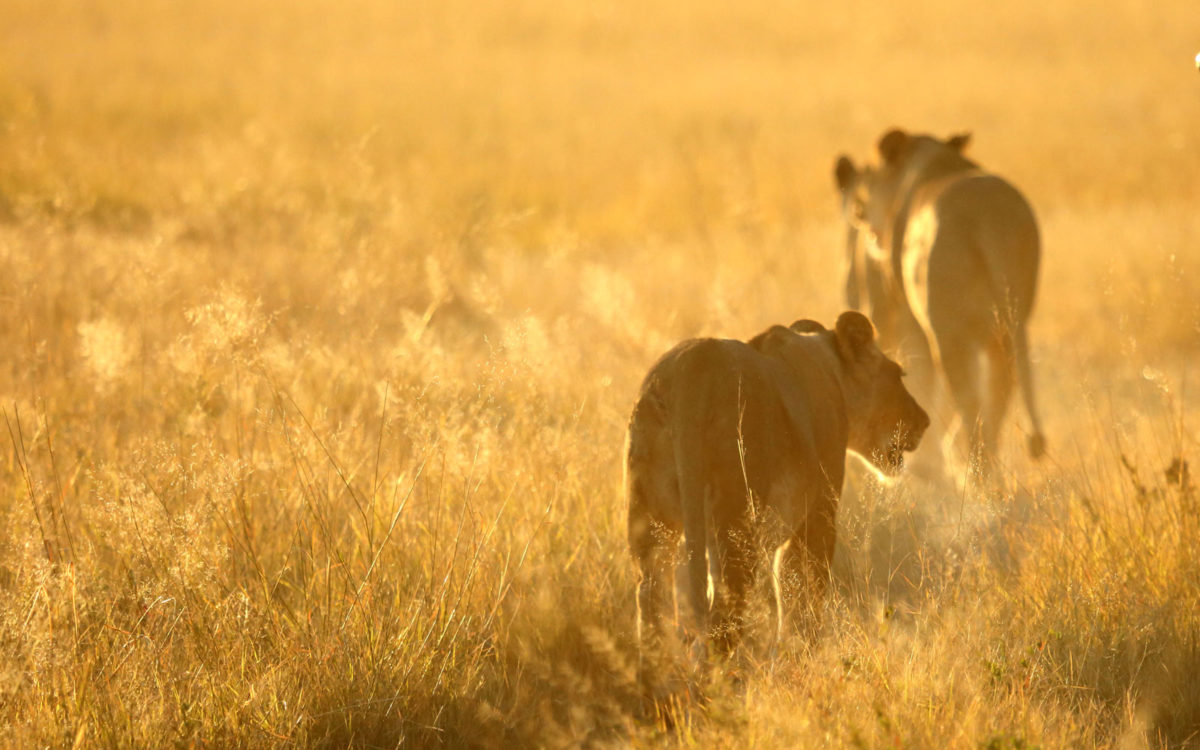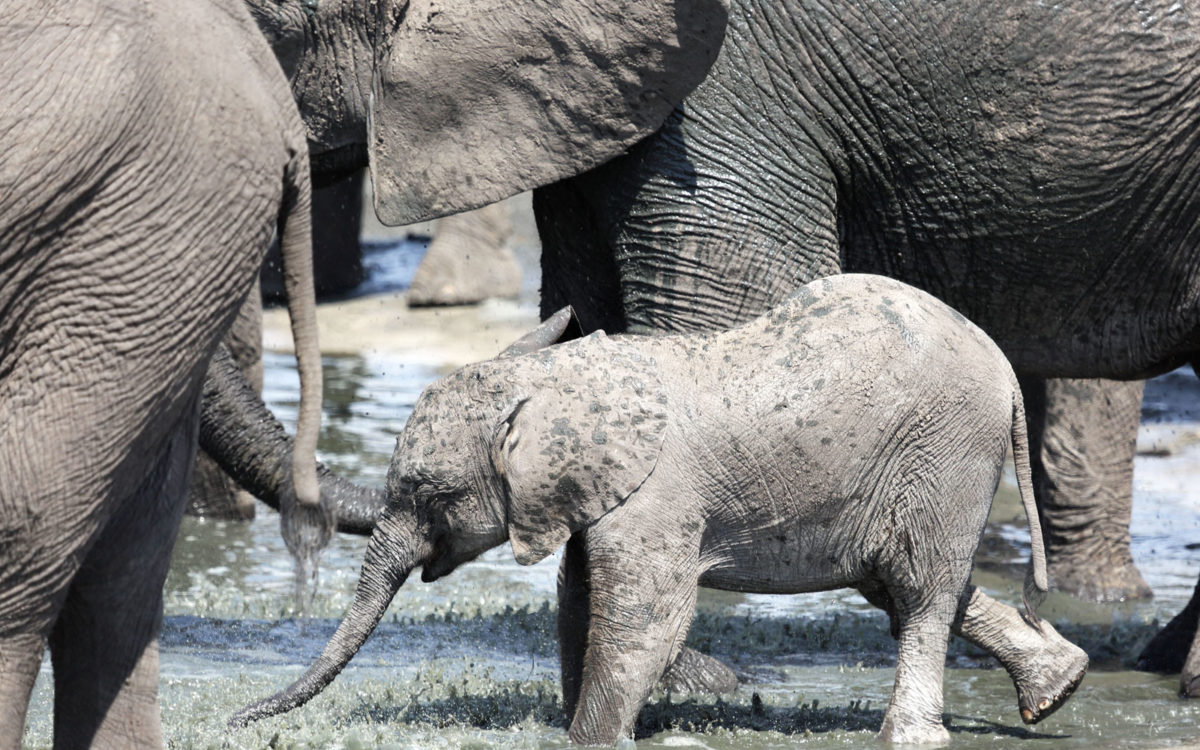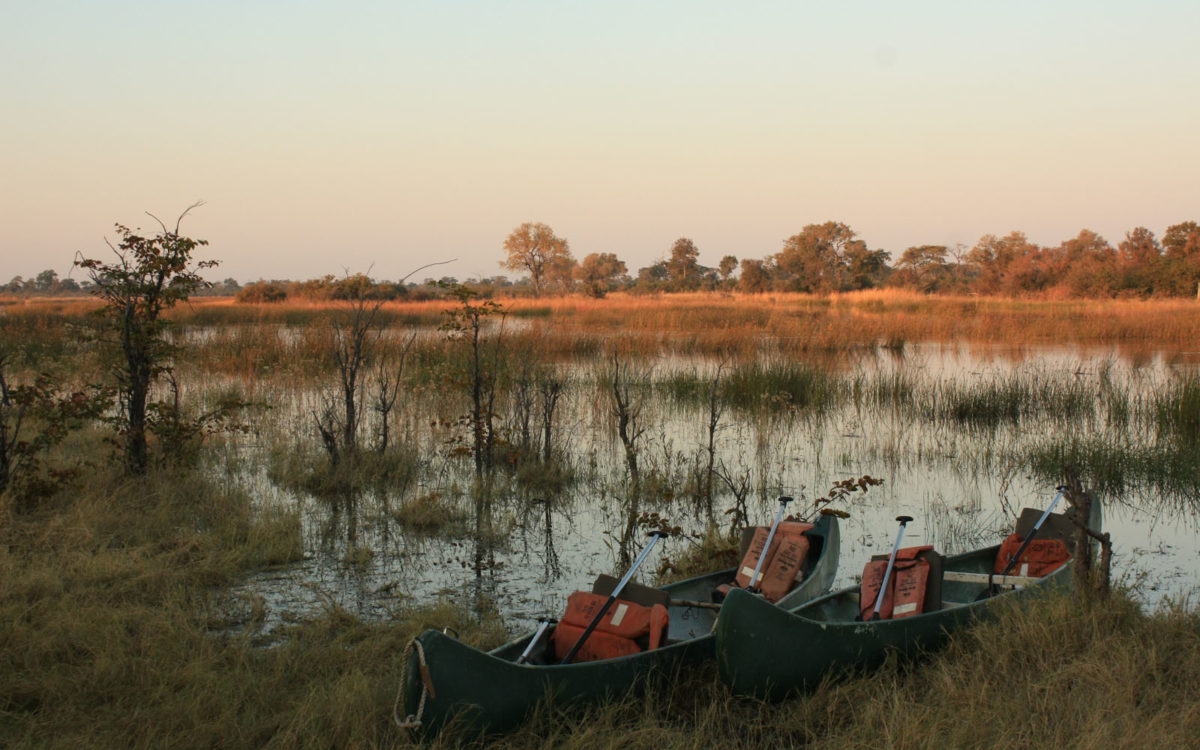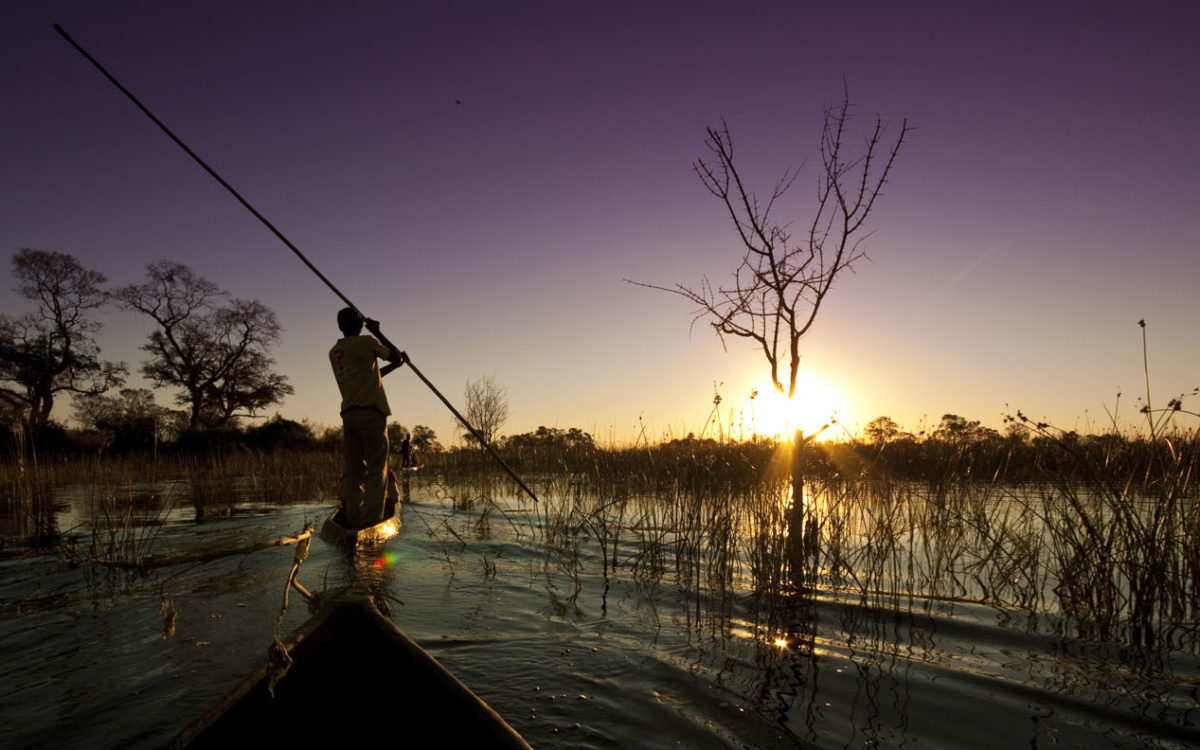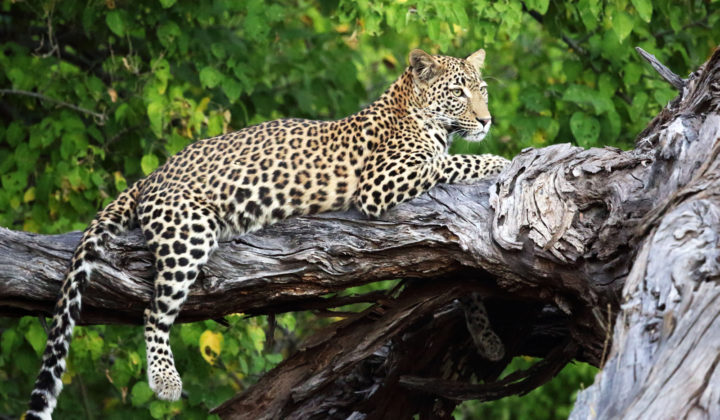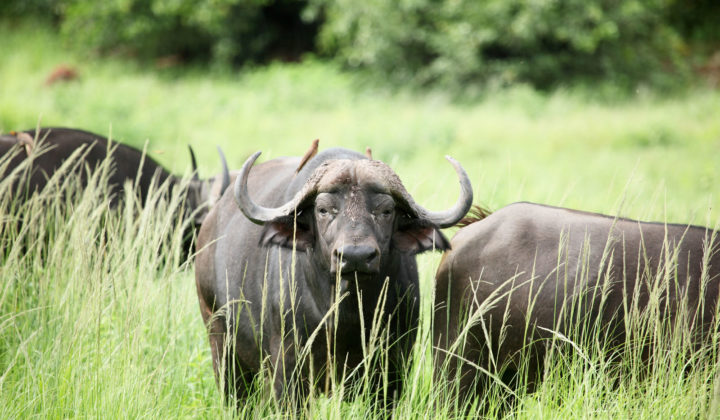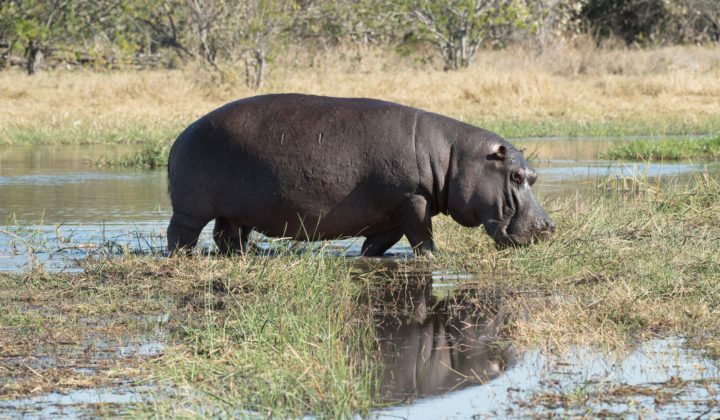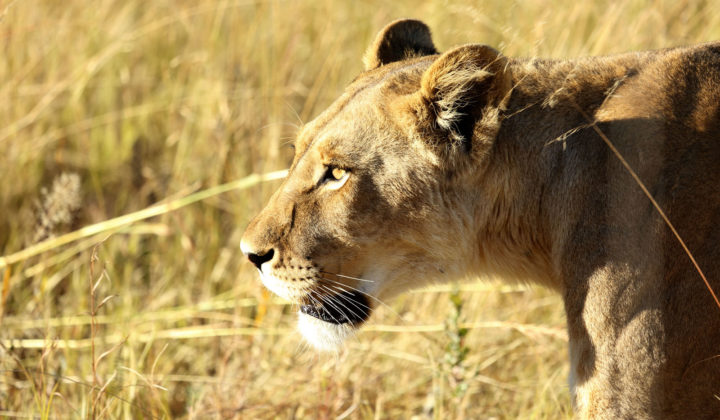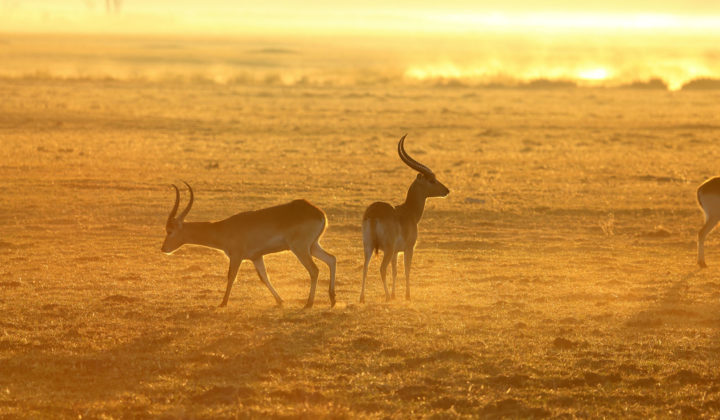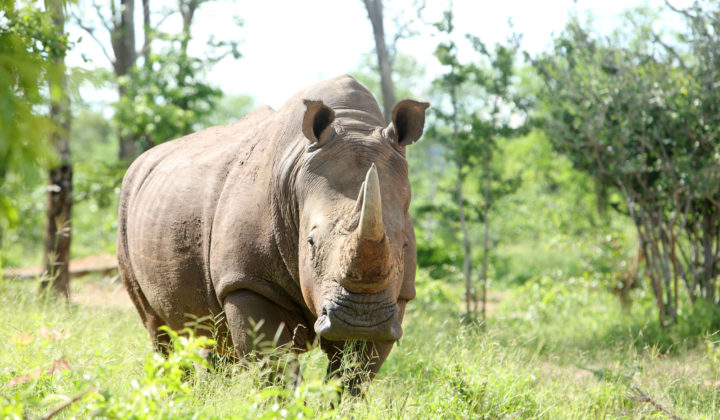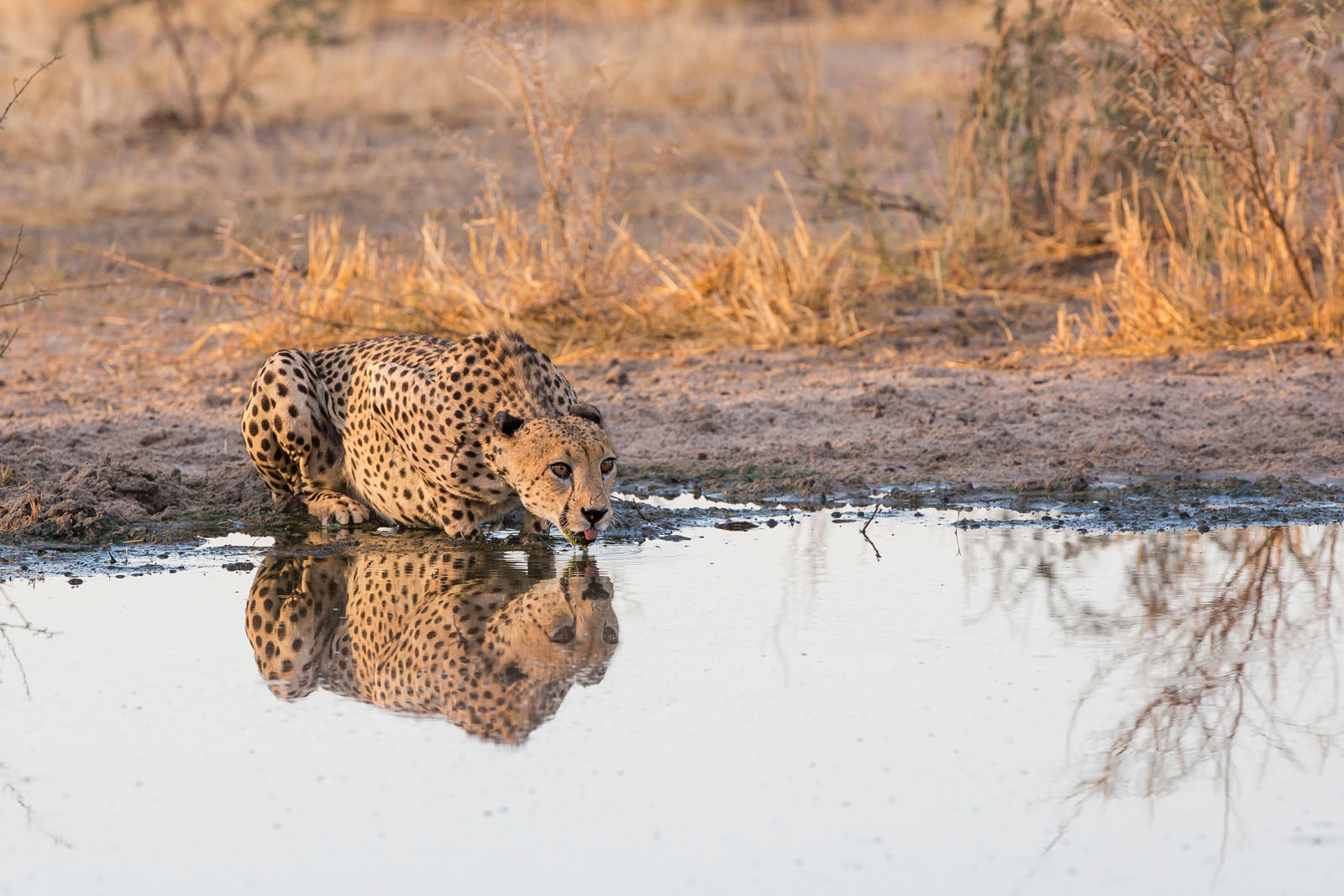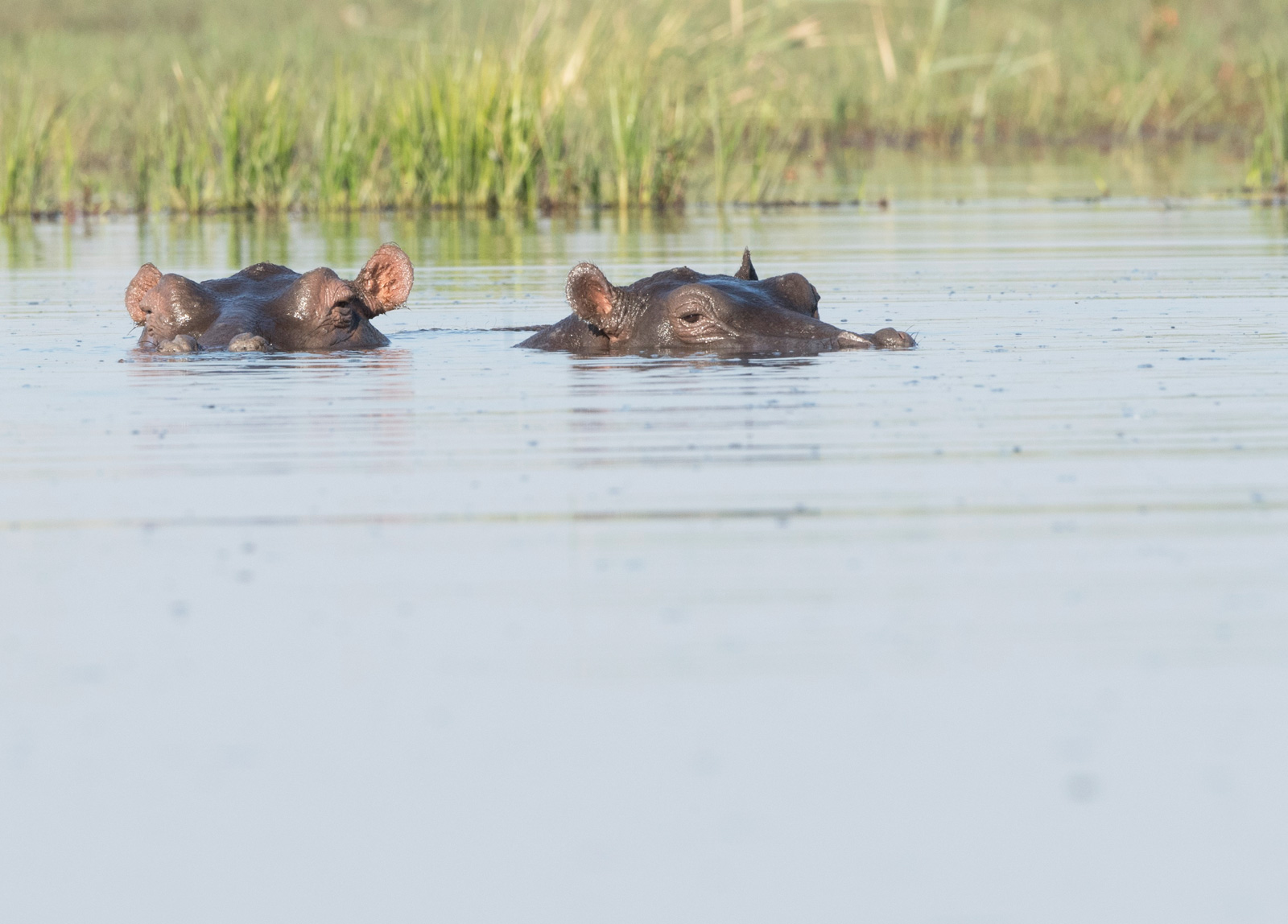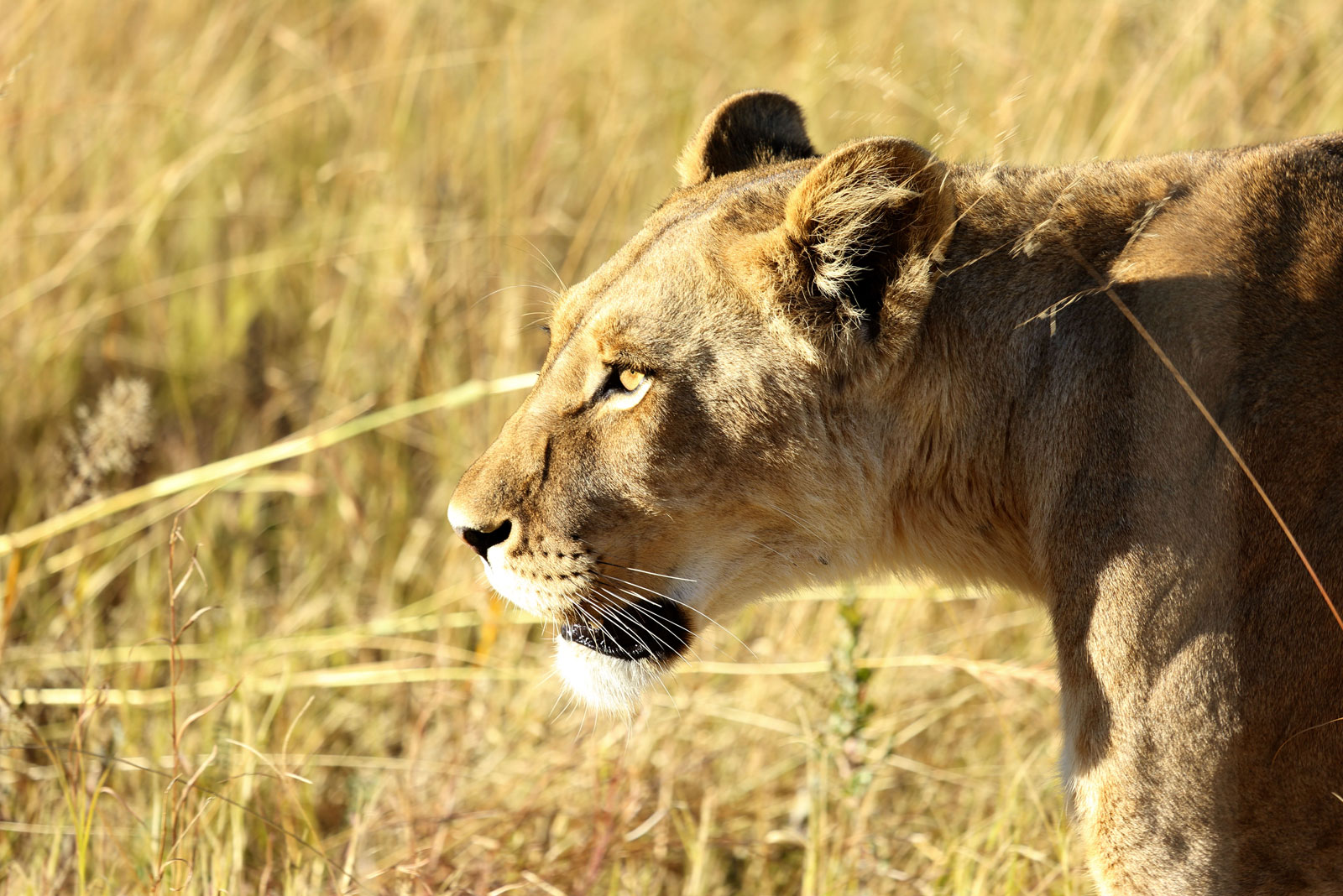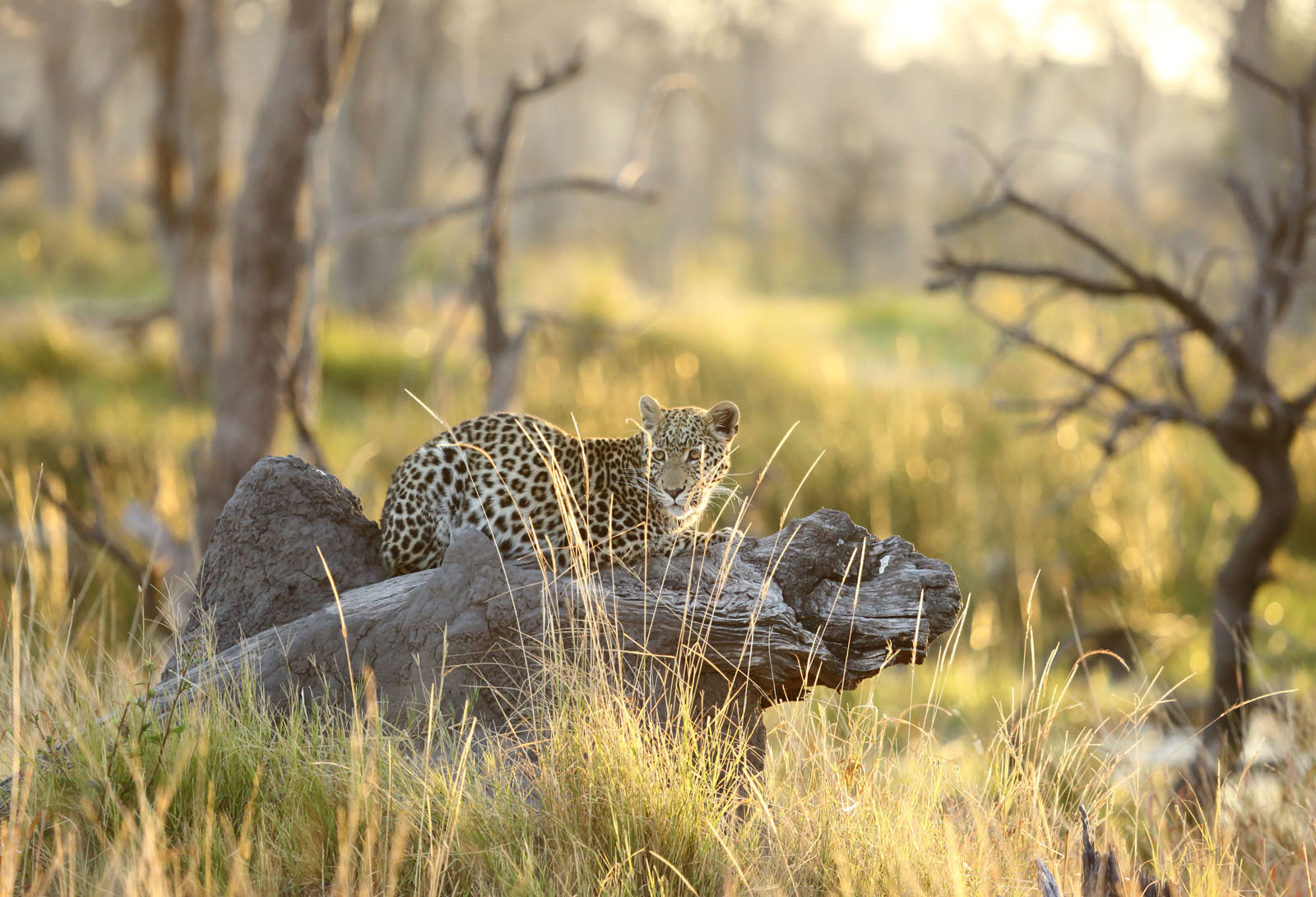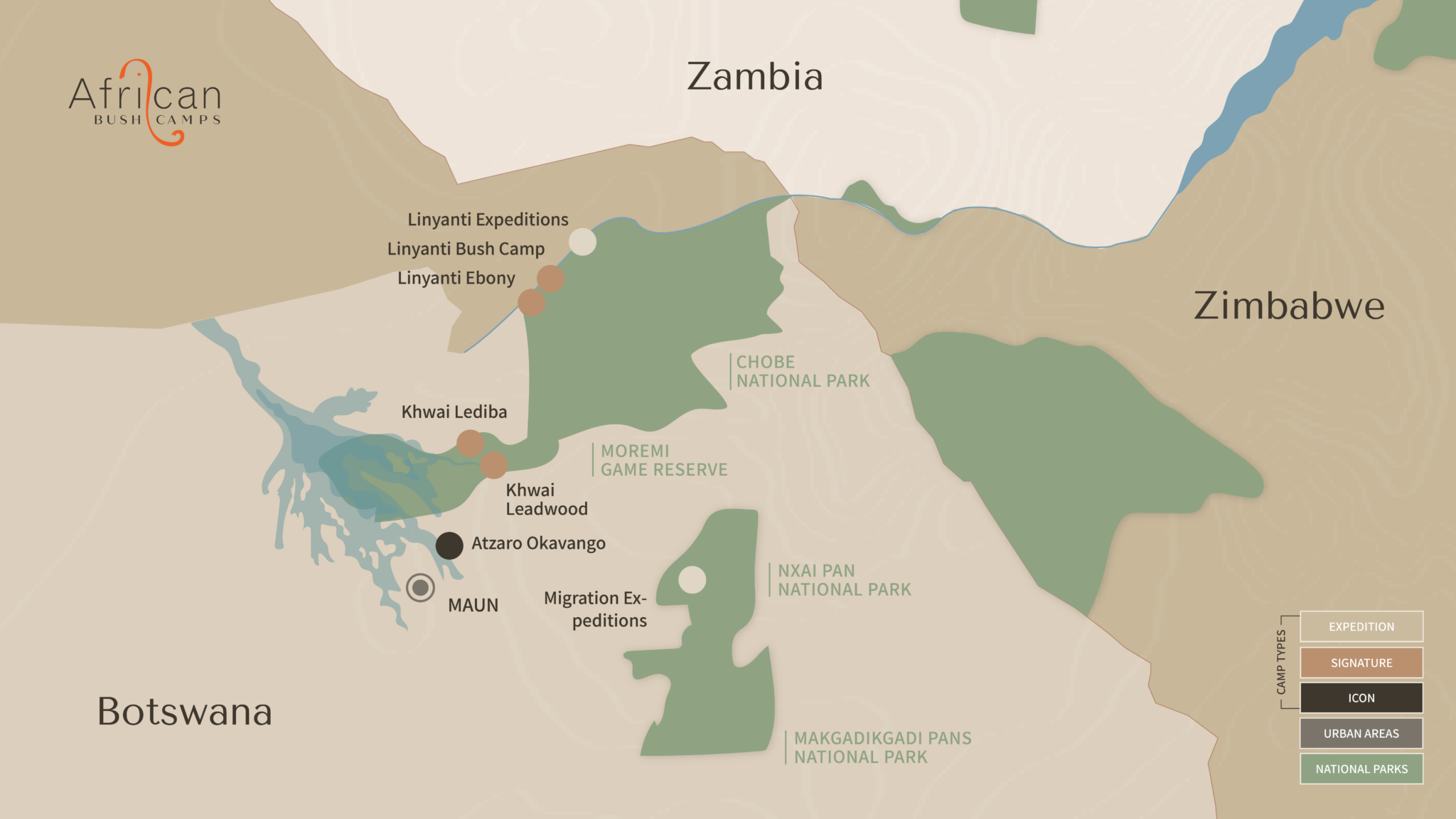Africa’s most beautiful oasis of lush water-wilderness
The Okavango Delta is the largest inland delta on the planet, and rightly considered one of the most incredible wildlife and wilderness sanctuaries in Africa. This Eden of wildlife lies north-west of the country and won’t fail to take your breath away while you’re on a Botswana safari. Known as the “river that never finds the sea”, it lies like a jewel amid the sandy thorn-scrub of the Kalahari Desert. A maze of glistening lagoons, meandering papyrus-lined waterways and rich savanna grasslands that are teaming with wildlife, this natural wonder is best experienced in a traditional mokoro (dugout canoe). Gently glide alongside the delicate waterlilies in complete serenity and observe the aquatic creatures in their natural habitat.
The delta itself takes the shape of a hand; the palm is permanently filled with water and the fingertips seasonally flood to form canals. In a country that is 80% arid, the Okavango is an incredible source of life. Many travellers prefer to visit the delta in the drier season, from May to October, when the best wildlife encounters are almost always guaranteed. The green season, from December through to March, also offers spectacular highlights, from the lush vegetation and fauna that springs up, to the pleasure of so many mammals giving birth during this time.


